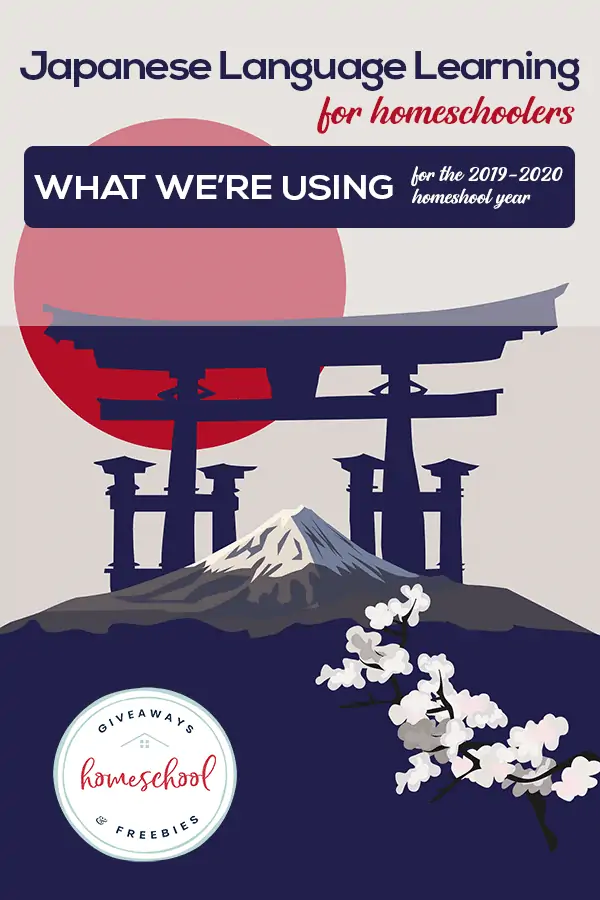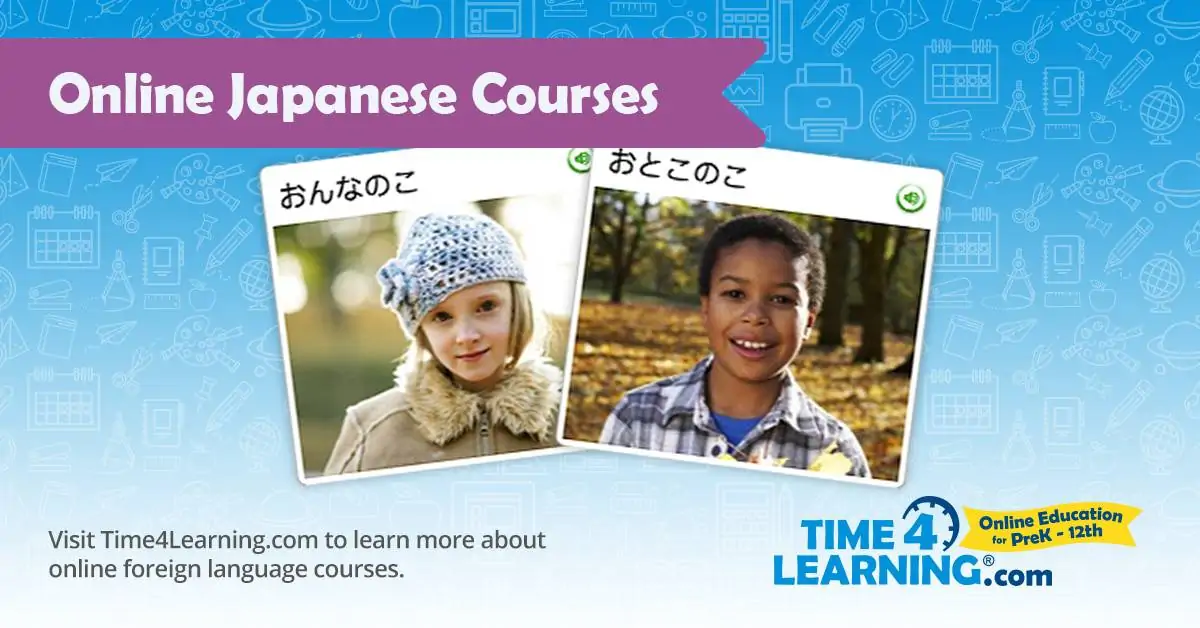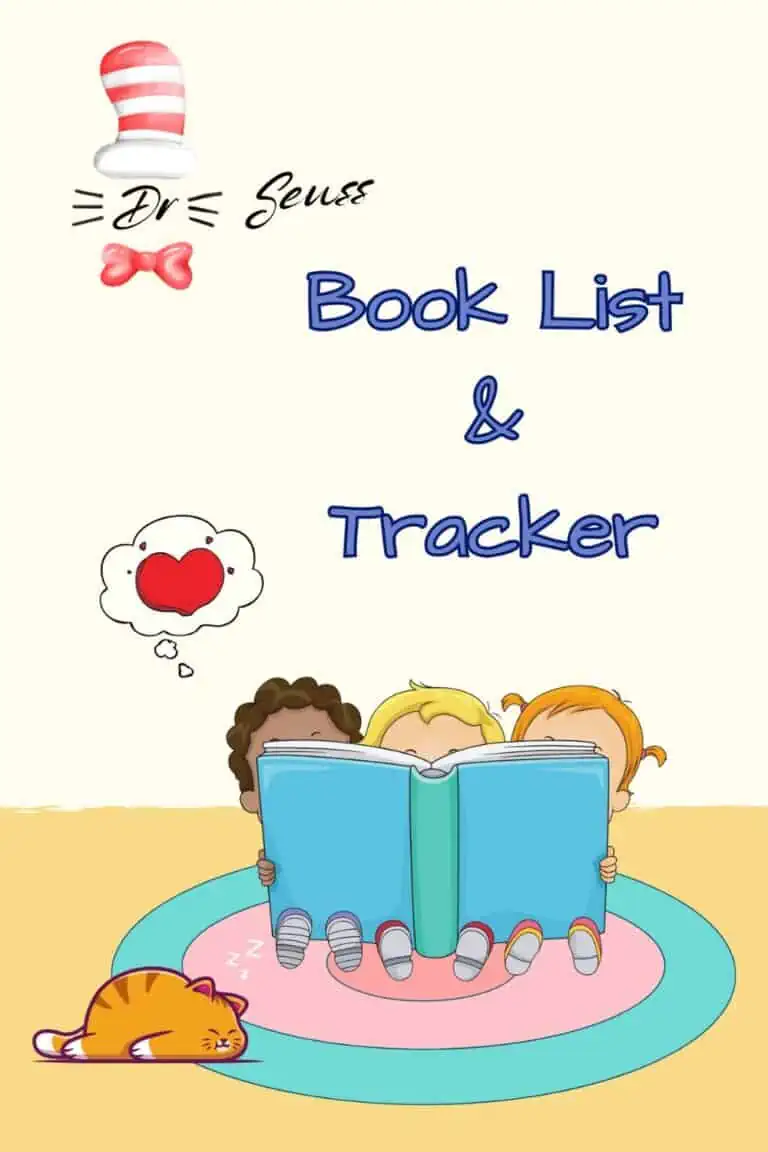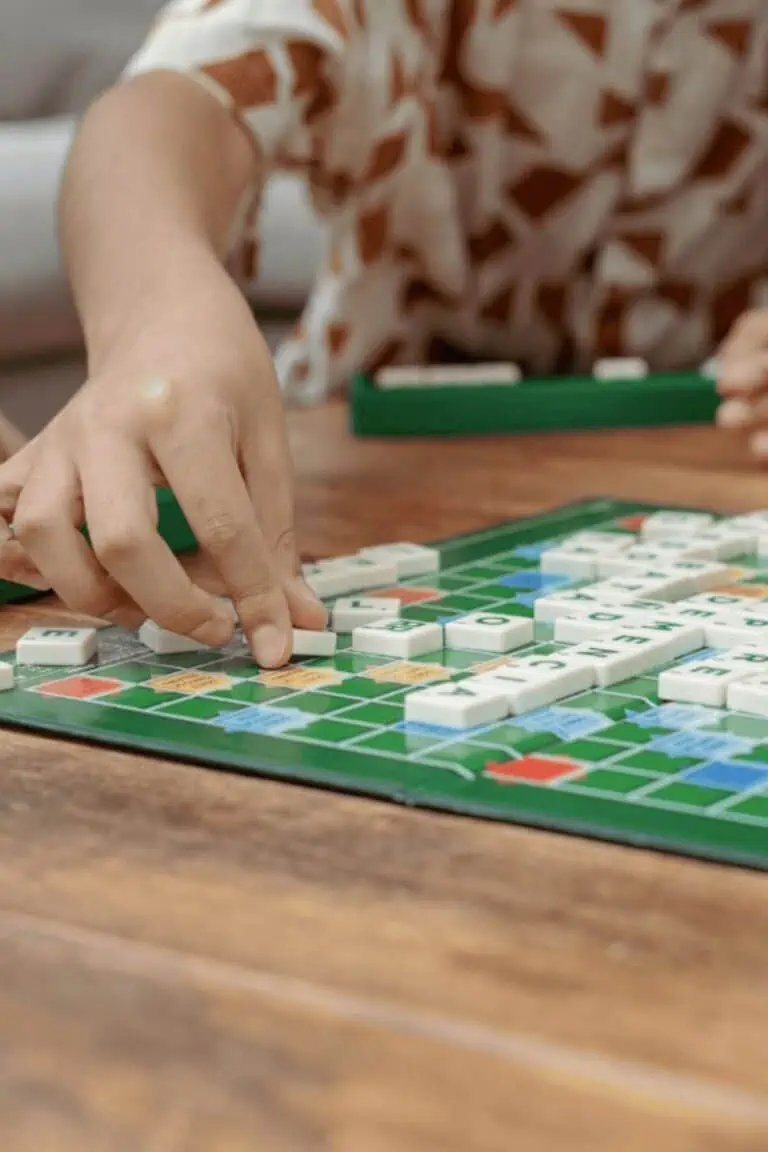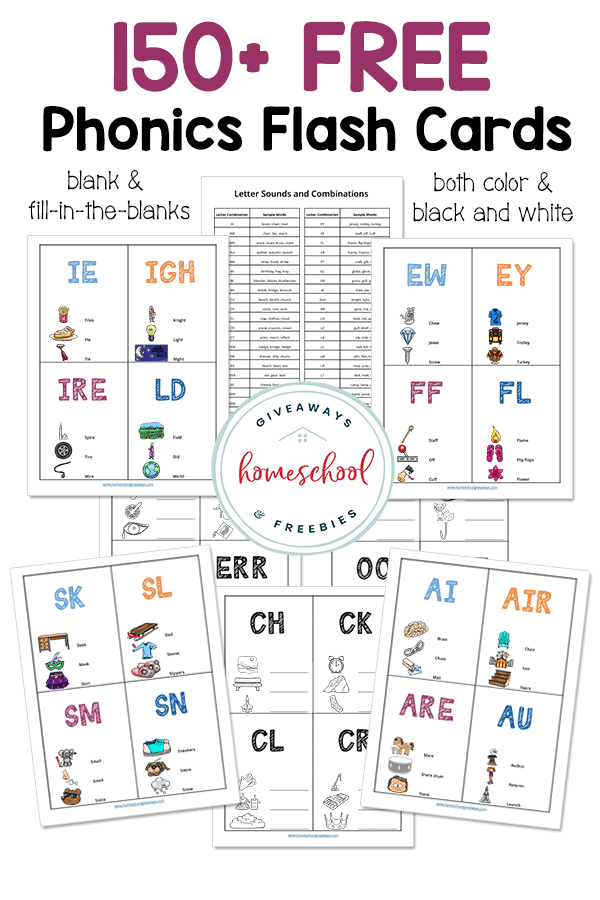Japanese Language Learning for Homeschoolers – What We Are Using 2019-2020
Published:
May 25, 2019
Contributor:
Jeannette Tuionetoa
Disclosure: This post may contain affiliate links, meaning if you decide to make a purchase via my links, I may earn a commission at no additional cost to you. See my disclosure for more info.
A little over a year ago, my daughter began her obsession with all-things-Japanese. Being that we are homeschoolers, we rolled with it. We embraced her interest in Japanese culture and have decided to explore Japanese language learning in our 2019–2020 school year, along with our study of Asia for geography.
My daughter’s obsession with the Japanese culture inspired her to learn more about the country and the people’s way of life. She took the initiative to teach herself the Japanese language by using a Japanese – English dictionary we found at a used bookstore.
Although she began learning words here and there, we thought this was an excellent opportunity to build on her interests. She loved writing the symbols but found it challenging to phrase her sentences and asked if I could help her learn it as part of her homeschooling schedule next year. She is only almost-ten, mind you.
I thought maybe she was slightly too young to learn a whole new language – until I began to do some research. I spoke with a friend, who about three years ago, moved to a small island in the South Pacific. We were chatting about my daughter being interested in Japanese and how I thought maybe she wasn’t ready.
My friend stated that her 9-year-old son, who does struggle with other subjects, has wholly learned the language and is more fluent than them all. It really struck a chord with me.
In researching the idea of children learning a second language at an early age, I began to understand just how doable and beneficial it really was.
I allowed my daughter to pursue her journey to learn Japanese for the following reasons:
- Children who experience two languages from birth typically become native speakers of both (adults often struggle with second language learning).
- Some researchers say that second language acquisition skills peak at or before the age of 6 or 7.
- Studies by Harvard University confirm that creativity, critical thinking skills, and flexibility of the mind are enhanced in kids who learn a second language at a young age.
- Children have a natural ability to learn, which is developed during the first 3-4 years of their life.
- Research shows that 50% of our ability to learn is developed by age 4 and another 30% by age 8. This is why it is recommended that young learners acquire a second language early.
- A study conducted by a director of the cognitive neuroscience laboratory for language and child development at Dartmouth College (Hanover) demonstrated that after the teen years changes in the brain make it extremely challenging for adults to learn a foreign language. (My friend knows two languages and finds it extremely hard to learn the third for the island she has moved to. She says she feels as if her brain can’t take another language.)
- New research shows that even babies exposed to multiple languages show different cognitive patterns in their brain compared to monolinguals. In fact, some researchers insist kids are just smarter when exposed to multiple languages when they are young.
- According to research, speakers of tonal languages, like Mandarin and Cantonese, were better equipped to identify musical pitches than speakers of non-tonal languages like English and French. (My daughter loves music and was really excited about this.)
- Learning a foreign language helps children form the ability to consider multiple viewpoints to a problem, therefore doing with creative problem-solving.
Children clearly have miraculous ability as language learners! I figured I would stop limiting what I thought my daughter was capable of and decided to let her soar.
That is when I found out that Time4Learning had a whole special section on learning languages. Time4Learning offers children a learning path that is full of animated lessons, interactive activities, unit assessments, and integrated printable worksheets for reinforcement.
The program provides self-paced preschool to twelfth-grade curriculum with over 3,500+ multimedia lessons, tools, and graded activities in a student-paced environment that brings concepts to life.
Time4Learning offers its active members the option to add foreign language courses to their curriculum; Time4Languages is optional extra education to the Time4Learning core curriculum.
For an additional fee, active Time4Learning members can choose from the following languages:
And YES! Japanese
Japanese Language Learning with the Time4Langauges program:
We love that the Time4Languages makes it simple for Time4Learning K-12 students to learn Japanese. The online Japanese language course is an immersive environment that teaches students by connecting words and phrases with images.
The Time4Languages online Japanese course is powered by Rosetta Stone® and is made up of 3 levels with 4 different units. Kids start their Japanese language learning journey with the fundamentals of learning basic conversation skills like greetings, introductions, simple questions and answers.
The Japanese language learning online course focuses on speaking, reading, writing, pronunciation, vocabulary, grammar, and listening. Students gain interaction by speaking into a microphone to help with their pronunciation.
Parents can easily measure their student’s progress with automated reporting directly from the online program – no need to learn the language yourself or grade any assignments!
At the end of each Japanese language learning lesson, children can review what they have learned through a simulated conversation in Japanese which helps build their confidence and celebrate their learning milestones. Note: It is recommended that students access their Japanese language course 3-5 times per week, for 20-30 minutes each day for maximum benefit.
There is not one thing about the Japanese Language Learning course that my daughter is not excited about. I am only worried she will want to visit Japan soon, and that may have to wait until she graduates.
Until then, she will be enjoying learning about the people and culture of Japan with our geography curriculum. She cannot wait to start and I am looking forward to seeing her progression throughout the course of the year.
Would you like some more information on exploring languages for your homeschool? Here are some resources for you:
Celebrate Diversity: Delve into Cultures, Ethnicities, and Languages
Why ASL is a Good Option for Foreign Language
41 Foreign Language Curriculum and Resources (Some FREE)
Bible Pathway Adventures in 13 Different Languages
Homeschooling Resources Round-up Part 6 – Foreign Language Studies
Homeschool Series: Foreign Languages

